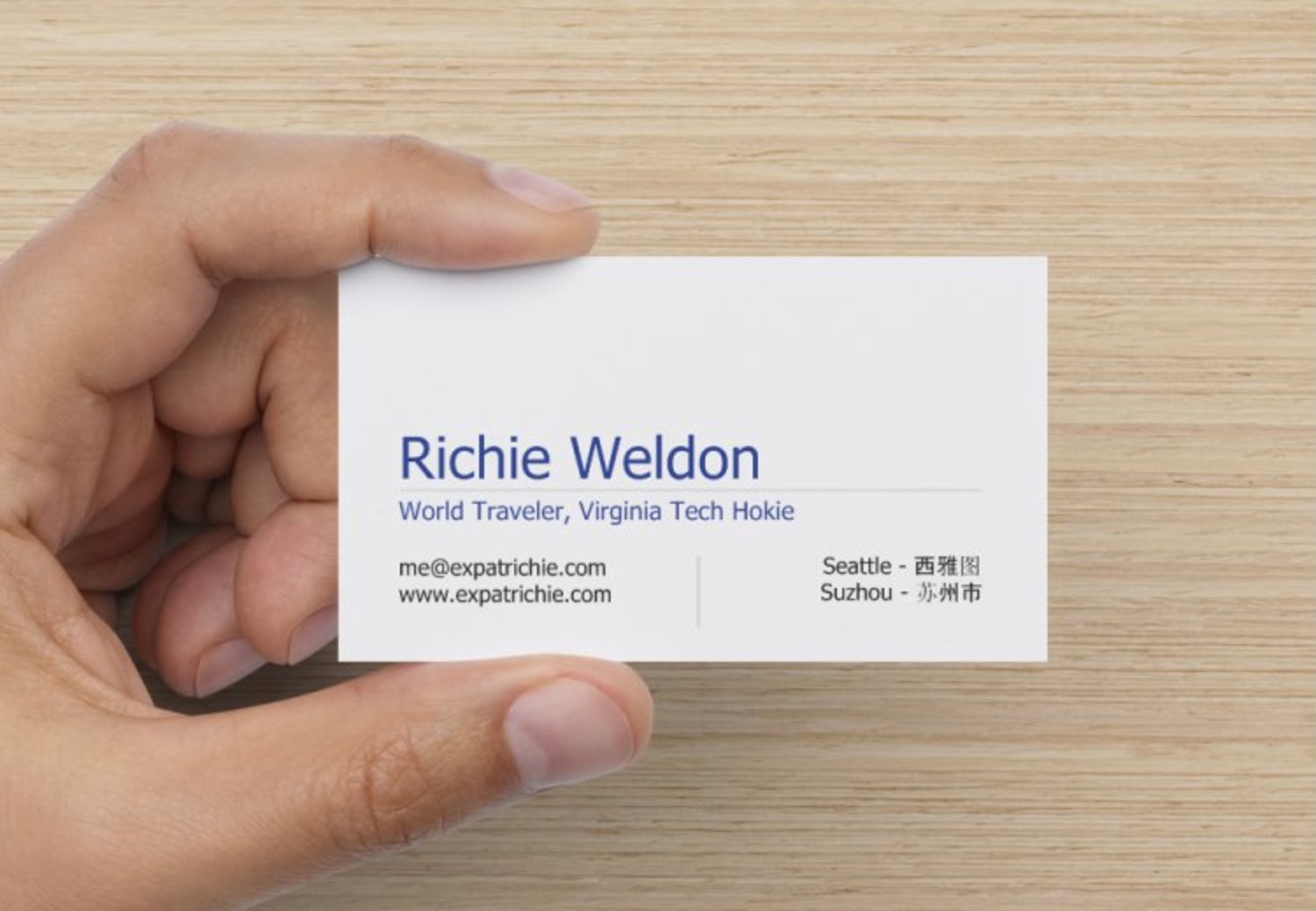When I first got to China I was a bit obsessed about checking the air quality. You hear stories all the time about how bad the pollution is here and that no one leaves their houses without wearing a mask. To be honest, the air hasn’t been visibly that bad most of the days. Sure, there’s been a few days where I could not see the building across the street from me, but that was likely due to a combination of both the pollution and the fog. Seeing as there’s a lot of water (lakes, canals, rivers) that run through and around Suzhou, there is a great chance for advection fog forming, especially overnight. Between the fog and the particulate matter (pollution) being suspended in the air, visibility drops considerably.
I used to use a site called pm25s.com to check the air quality. This site provided accurate data using the Chinese method for determining air quality. That method is very different than the USA method, especially for values under 150. The 150 level is important as it is the cutover from “lightly polluted” to “unhealthy”. Generally I try and avoid the “unhealthy” air as much as possible, but you do need to go outside at times and there’s no getting around it, unless you wear a mask and then that only provides some relief.
Looking at the map of Suzhou to see where the air quality monitors are located, I noticed there’s a big hole over my part of the city with no coverage at all.

Without a scale on the map show indicate distance, it’s difficult to know how far away those air quality monitoring stations are. As a point of reference, if I go for a jog from my apartment across the lake just to the east of me (金鸡湖/Jinji Lake), that distance is about 3km (1.85mi). That means the closest air quality monitors are easily 6km (3.7mi) away, which is far enough to not be as accurate as one would like.
This lack of local monitoring made me a bit suspicious as to the exact quality of the air I was breathing. So what did I do? Yup, you guessed it: I bought a home air quality monitor. Not just any air quality monitor, but one that is connected to the web (the phrase IoT or “Internet of Things” comes to mind) so I can monitor the air quality inside my apartment any time and see some historical data on it as well. The company that produces the air quality monitor I purchased, Air Visual, has some pretty neat maps and education resources on their website to help you understand exactly what the various levels of particulate matters are and what exactly contributes to poor air quality. They even have an app that you can add to your mobile phone so you can track the air quality where ever you might be. (It uses existing outdoor air quality monitors and GPS to determine which data to show you.)
After using the air quality monitor for about three weeks now, there’s definitely one trend that is clearly visible — and it’s a trend that I do not like: the number of days when the air inside my apartment is in the “Excellent” category (depicted by green bars on the graph below) are far too few.


So what is a 老外 (foreigner) in China to do? Go buy a home air purifier, of course! There is no shortage of these, as you can imagine, but there is a drastic shortage of air purifiers that have English instructions, which means I’m buying a Chinese model. There is also an amazing price differential between going to a physical store to make this purchase (CNY3000-6000) and buying one online (CNY1000-1600). And that is for the exact same model!
This evening I decided to make a purchase via baopals, which is the “English wrapper” around the very popular online purchasing portal called taobao. Think of taobao as the Amazon.com of China and baopals as a way to see and interact with the online store in a language you can understand. Yes, using baopals does cost a bit more money — they have to pay for their site and the programmers who run it after all — but it does make things a bit easier to make such large purchases. I bought my air quality monitor from a supplier via baopals and was quite happy with their customer service. (The package was delivered to my apartment building but I received no updated shipping information except that the package made it to Suzhou. So I contacted customer service and they replied rather quickly — and in English! They indicated that my package was delivered to my building and I should go speak to the front desk/concierge. And yes, I live in a fancy dancy apartment with a concierge and a separate doorman; manual labor is cheap in China so why not?!
Once my air purifier arrives and is hooked up, I’ll likely write another post about how much better the air inside my apartment is once the horrible pm2.5 particulate matter are being removed!
